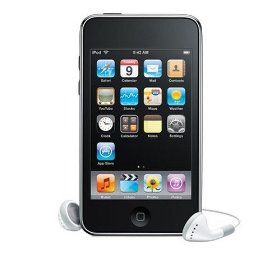By now you probably already know that you can save a lot of money at the grocery store by using coupons, loyalty cards, buying loss leaders and weekly sale specials. Well, the thing is that we sometimes forget about the basics: how we shop at the grocery store. Changing the way you stroll the aisles at your grocery store or look at shelves can lead to more savings. Here are a few tips to help you understand what I am talking about:
- Walk along the walls. Did you know that the freshest and healthiest foods for you are located along the walls of your grocery store? As I mentally walk along my grocery store I can tell you that the right wall has all fruits and vegetables. The back wall has seafood, meat and eggs and milk. The left wall has more yogurt, cheese and orange juice. Think about your grocery store now, do you identify a similar pattern? I bet you do. These are also some of the most basic ingredients that will help you create a lot of meals from scratch. Doing most of your shopping along the walls of your grocery store will help you save money because you avoid the more expensive pre-packaged convenience foods.
- Beware of end caps. If you shop at CVS or Walgreens, you know that end caps are usually prime spots for clearance items. Unfortunately this concept doesn’t translate to your local grocery store. Most people expect items on an end cap to be on sale. This is the reason end caps are considered prime retail space at grocery stores. Also, be careful of items located at an end cap that complement each other. For example, my grocery store has crackers located at the end of the soup aisle. However, these crackers are the gourmet-most expensive type. If you walk one aisle over you will find cheaper crackers to complement the soup you just picked up.
- Look up and down and all around. Just as end caps are prime shelf space, so is the middle shelf space. Retailers are willing to pay thousands of dollars to make sure their products are easily spotted. Let’s face it, we spend most of the time looking at things that are at our eye level. Spend more time comparing the product you initially picked up with similar products located in the lower or upper shelves.
- Be Picky. Food waste is a big budget buster. One big reason we end up throwing away food is because it goes bad. Make sure the food you buy has the best “Sell By date” you could possibly get. Don’t just grab the first item that’s on the shelf, check the expiration date. Look towards the back of the shelves where you are likely to find the items with the longest expiration date available. Here’s a common pitfall: not checking the carton of eggs you are buying for cracked ones. Take the two seconds it takes to open the carton and make sure you are getting 100% of your money’s worth.
- Think outside the regular aisle. Your grocery store sells certain items in more than one section of the store, and looking for the alternate sale area can save you a lot of money. For example, sliced cheese is sold in the dairy/refrigerated section. But it is also sold in the deli area. The prepackaged cheese sold in the refrigerated section can turn out to be more expensive than the one sold in the deli area. Another benefit of buying at the deli is that you can buy exactly the amount that you need and avoid any waste this way.
These are small changes that require very little if no effort from you. But they could help you stretch your dollar even more.



